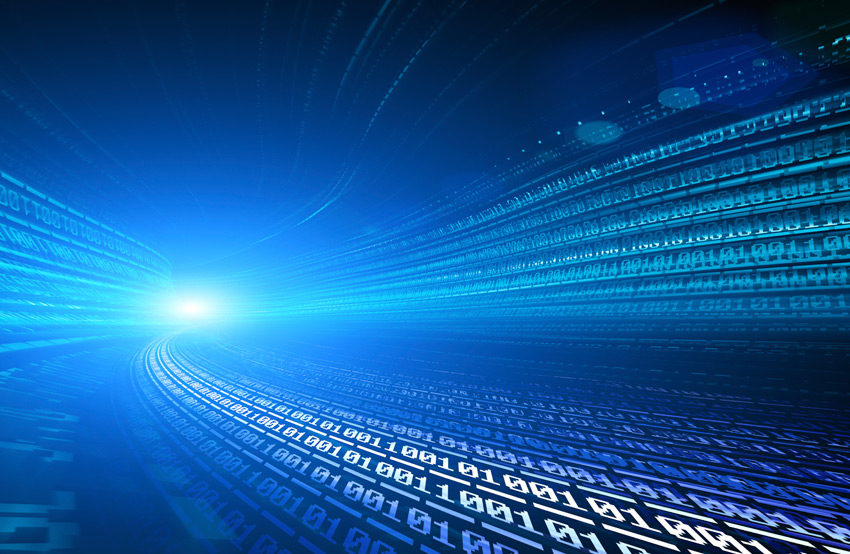On January 14, 2015, IBM announced new mainframe hardware (z13) with a new Operating System version (z/OS V2.2). Together, the new hardware and operating system bring the IBM mainframe firmly to the forefront of supporting mobile smartphone applications and cloud infrastructure. The hardware and operating system upgrades are the result of a five year $1Billion investment, and resulted in over 500 patent applications.
The combination of the new hardware and operating system changes provides enhanced security, performance, and capacity for new mobile applications. IBM estimates that for each smartphone transaction, anywhere from 4 to 100 subsequent transactions are spawned throughout the application. The z13 with z/OS V2.2 can process 2.5 Billion transactions a day. The hardware/software offers real time encryption and fraud detection for mobile applications as well as embedded analytics.
But when IBM announced new versions of the Mainframe and Operating System earlier in 2015, it was security, performance, and capacity that justified the large investment in the new hardware and software.
Hold on, what happened to reliability, availability and serviceability, the “RAS” characteristics that IBM has openly valued in the past? I recently spotted a graph at a customer site that depicted the mainframe availability record for the last 10 years. During those 10 years, there were three years with 100% availability. The WORST year came in at over 99.6%. Those are pretty impressive statistics.
The IBM web page on Mainframe Concepts states, “The reliability, availability, and serviceability (or “RAS”) of a computer system have always been important factors in data processing. When we say that a particular computer system “exhibits RAS characteristics,” we mean that its design places a high priority on the system remaining in service at all times. Ideally, RAS is a central design feature of all aspects of a computer system, including the applications. RAS has become accepted as a collective term for many characteristics of hardware and software that are prized by mainframe users.”
The terms are defined as follows:
Reliability
The system’s hardware components have extensive self-checking and self-recovery capabilities. The system’s software reliability is a result of extensive testing and the ability to make quick updates for detected problems.
Availability
The system can recover from a failed component without impacting the rest of the running system. This term applies to hardware recovery (the automatic replacing of failed elements with spares) and software recovery (the layers of error recovery that are provided by the operating system).
Serviceability
The system can determine why a failure occurred. This capability allows for the replacement of hardware and software elements while impacting as little of the operational system as possible. This term also implies well-defined units of replacement, either hardware or software.
So why is this important in a world revolving around Mainframe Data Performance and Optimization? If the mainframe and operating system are available, but performing poorly, it impacts those 2.5 Billion transactions negatively.
Some of the 4 to 100 subsequent transactions will have a mainframe component, probably a database call. Online users tired of waiting for a page to load may abandon the transaction and go to some other site. Peak transaction processing may hit thresholds and cause capping, preventing additional workload from getting CPU cycles. Many of the smartphone applications are developed by programmers that have no mainframe or database expertise, hence the transaction mainframe component may run inefficiently. It is still important to tune application code and database calls to ensure efficient processing. It is still important to ensure physical databases design is efficient, including creating efficient indexes. It is still important to ensure the mainframe system is configured to efficiently share CPU cycles. It is still important to exploit hardware components such as Data Space storage and zIIP engines.
In short, it is important to acquire the tools and skills to successfully exploit the new hardware and operating system software IBM has developed to keep the mainframe relevant in a ‘cloud’ oriented IT environment. The mainframe is a critical component of any IT environment larger than a network of linked laptops and email servers.









0 Comments